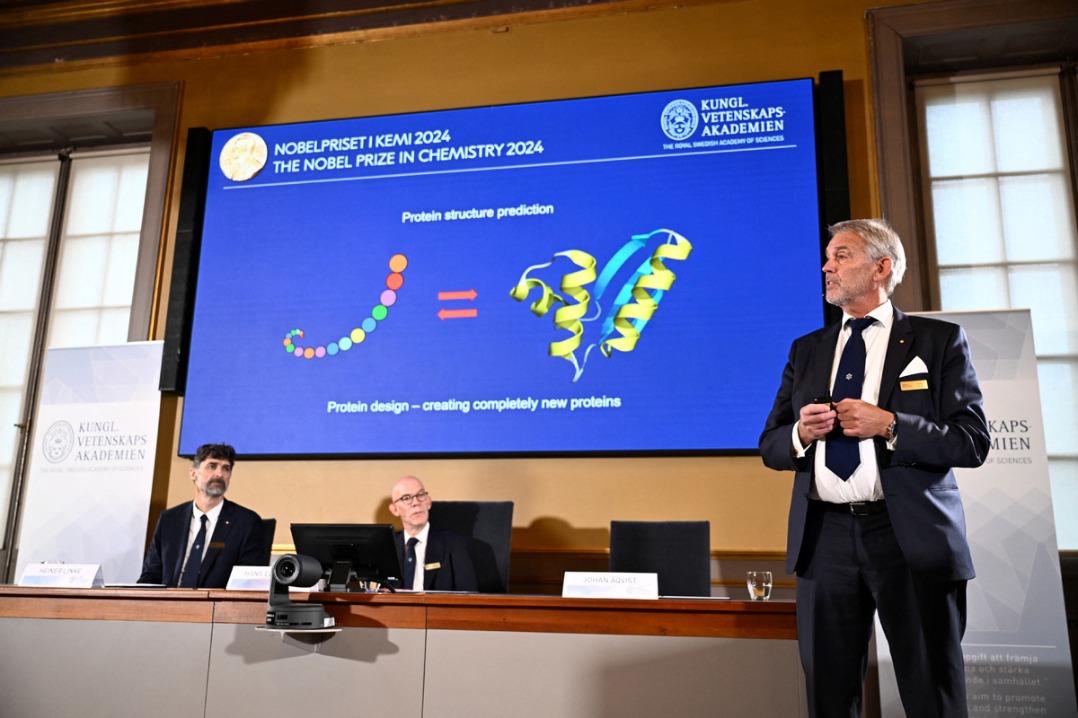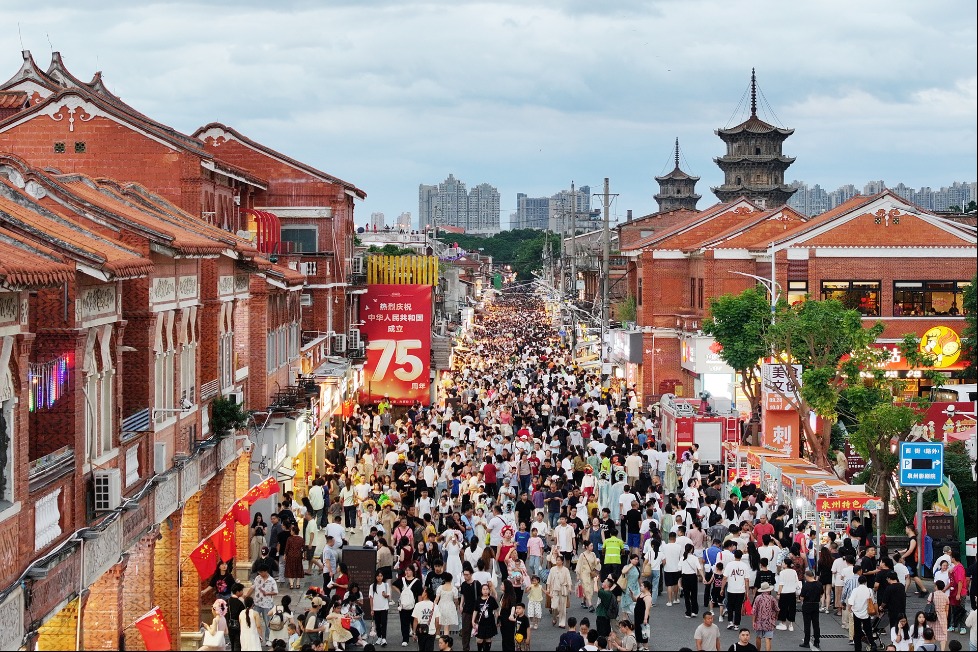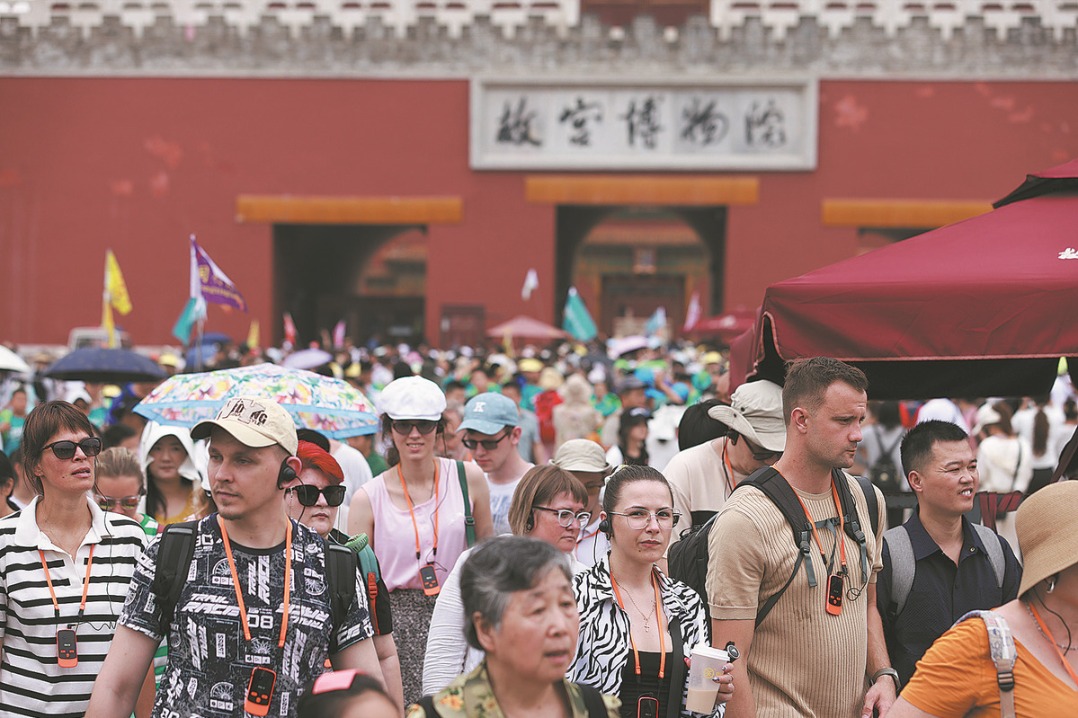Poverty alleviation in China, up close
By Anastasia Eganova | chinadaily.com.cn | Updated: 2023-09-01 08:57

In 2018, I visited a village in Yunnan province. At the time of my visit, the village looked very modern, with paved roads, electricity, street lights and other public utilities. Nearby, there were spacious schools and a hospital. During my trip, the villagers showed a picture of their home from two years before. I was surprised by what I saw. Most of the houses were half-ruined dwellings. No roads, schools, or grocery shops were available within a 3-kilometer radius. But in just two years, this village had changed beyond recognition. The source of this remarkable transformation was an unlikely one: Cactus! With help from a government poverty fighting team, the locals took microcredits and built several greenhouses to raise cacti.
Since the village is far from major cities, the residents used empty land to build greenhouses. Each cactus farmer had their own plot where they grew the plants. At first, early adopters sold the cactuses to nearby villages and towns. Slowly the business grew. Clients came from all over the province and even from around the country.
Living far from large cities where potential customers could be found, the villagers faced two issues: How to keep the business growing, and how to deliver the products to customers. A solution to the first problem was in the fast-developing e-commerce sector. During the last two decades, China has become one of the largest and most efficient e-commerce markets in the world. The farmers created an account on the e-commerce platform Taobao, where they posted pictures and product listings. They took turns replying to customers' inquiries and structuring their marketing strategy. Through hard work and consistency, their cacti became popular among plant-lovers throughout China.
The second issue was tougher to resolve, because of the huge distance between the village and potential buyers. However, the villagers did not give up. Every week they scheduled one farmer to drive into nearby cities with shipments of their pointy product. The driver sent packages to customers through post services and sold other plants on the streets.
Though incomes were on the rise, this alone would not be enough to make extreme poverty a thing of the past. The first step the Chinese government took was to build roads, bridges, railways and stations. This process became turbocharged in the 1980s. Although infrastructure doesn't directly target poverty, it is impossible to raise living standards without these facilities. In the absence of proper roads, the villagers couldn't send their cacti to the customers.
The latter stages of poverty alleviation, what is called targeted poverty alleviation, was even more complicated. The government had to assign officials to agree to live in poor villages for one to three years. These working team members had to live in the villages for a long time to fully understand local problems and to gain trust. A blanket strategy of just giving villagers money would be doomed to fail because many citizens in poverty do not have the knowledge or skills to capitalize on such assistance. The Chinese model includes providing microcredit and sending specialists to share their knowledge, information and skills. These experts would also live and work in the villages for a long period of time, becoming part of the local community, which ensures trust and success.
My encounter with poverty alleviation and socioeconomic development in China led me to appreciate China's unique methods of governance, which required a great deal of courage to find developmental model that works for itself. I believe countries all over the world should focus on their internal issues and build their own models to govern according to their specific characteristics and history.
The author is an LLM Degree candidate at Renmin University of China. She is a recognized youth representative.
























